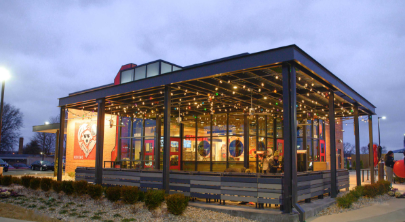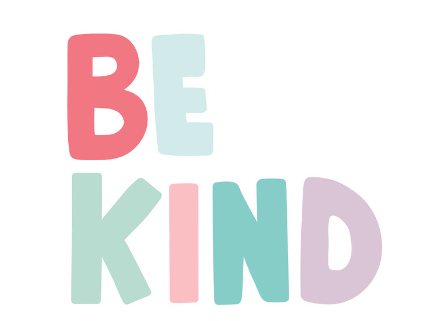Liberator, rescuer, and resister

Anne Frank is a well known Holocaust diary. Sadly, this story only ended with one living main character out of eight. Even though this is not a good turn-out, the one living character could not have survived without being rescued. Liberators, rescuers, and resisters are all very important because they helped many survive the persecution in the Holocaust.
Liberators, rescuers, and resisters; all topics contribute to the Holocaust finally coming to an end. These groups consisted mainly of people who did not agree with the harsh beliefs of Hitler. Instead, they believed in freedom. Because of these beliefs, they risked their own lives to try to save many people.
The first group is called liberators. Liberators are people who set something or someone free of imprisonment or oppression. One of these liberators is Leon Bass; a member of the U.S Army’s all African American 183rd Engineering Combat Battalion. His group helped to liberate the concentration camp of Buchenwald. The United States also liberated Dachau, another concentration camp in Germany. Soviet Troops were also liberators. The Soviet Troops liberated two concentration camps, Majdanek and Auschwitz. The British also decided to help and liberated a concentration camp, Bergen-Belson.
Rescuers were the second group to help end the Holocaust. Refik Veseli can be known for helping to rescue a Jewish family in his home located in the mountains. Refik met this family while working as an apprentice in a photography shop. The mother was also working there and asked for his help. He was young, so he sought approval from his parents. His parents agreed to this and he began to help the family. He did this by hiding the parents in his barn and dressing their children as Muslims. A second known Jewish rescuer is Pius XII. With some help from Catholic Churches he was able to save around half a million Jews from Nazis.
The third group to help this cause are resisters. Vera Laska can be known for helping Jews greatly. She would rescue allied pilots and carry messages underground. She did this until being caught by the Gestapo. Ghetto inhabitants also would resist the government policies. The Nazis would keep some Jews in the ghetto (or the run-down areas) of town. Some inhabitants would escape to join the fight with Soviet Units. Others would start fights within the ghettos.
Vera Laska was not only a resister but a primary source. While resisting the Jewish persecution, she talked to some American Liberators. These liberators were amazed at how horribly the Nazis were treating the Jews. It surprised them even more how they treated the women and children equal to the men. This can be read in her following quote, “When I met the American liberators face to face on that glorious April day in 1945 near my last concentration camp in Germany, they were surprised to hear that women had also been in concentration camps, and equally incredulous to find out that women were also in the resistance, facing the same dangers, torture, execution or gas chambers as the men.” Vera was so passionate about her resistance she even wrote a book on the topic called “Women in the Resistance and in the Holocaust”.
After learning some about the holocaust you have probably heard of Anne Frank and her diary. Many of her stories wouldn’t have been able to happen without the help of liberators, rescuers, and resisters. You may recall the people who helped them were named Miep and Mr. Kraler. They fit into the categories of resisters because of how they secretly helped the Frank family, Van Daan family, and Mr. Dussel. Mr. Frank was the only one who survived out of the group. He was only able to live because of his concentration camp, Auschwitz, being liberated by Soviet Troops. In the story, their radio talked about how rescue groups had started to come in. These rescue groups helped to start the invasions. The invasions made it possible for the Holocaust to finally end.
In conclusion, the Holocaust had many people involved in it. These people were not only Jews and Nazis, but brave people who felt the need to stop the cruel treatments. These people were called liberators, rescuers, and resisters. The U.S.A, Refik Veseli, and Vera Laska are just a few of the many people who contributed to the cause. Without their brave works many more people could have faced deadly persecution.






Skylar Hall • Mar 12, 2020 at 9:19 am
Your a great writer. You really captured all the details of people included in the war. I learned a lot about these people and what they do. I loved how you started your article with background knowledge. Keep up the good work!
Maggie Taylor • Mar 12, 2020 at 9:15 am
Good article Kerri! It is so sad that liberators and rescuers had to complete this task to begin with, but you did a great job showing how they did this task so bravely.
Haley Miller • Mar 12, 2020 at 9:14 am
I love this article!!! I like how you added a first hand account, and also added quotes. I love the picture you added. I also like how you included who Miep, and Mr. Kraler where. Text is very well thought out good job.
Maci Garland • Mar 12, 2020 at 9:11 am
This is honestly such a sad event in history for the Jews. Very good article, I learned a lot from it and keep up the very good writing!!
Kendall Hlebasko • Mar 12, 2020 at 9:10 am
I really enjoyed learning more about liberators, rescuer and resisters. I never knew what they were until I read you article. Keep up the good work.